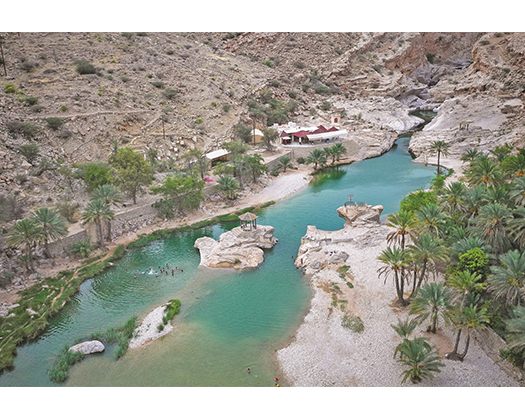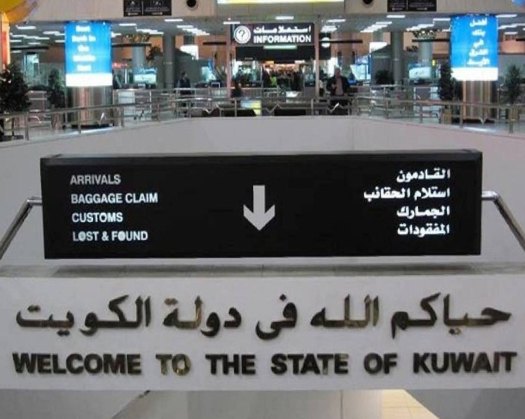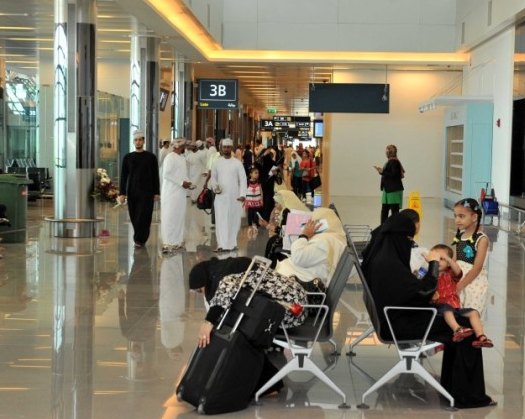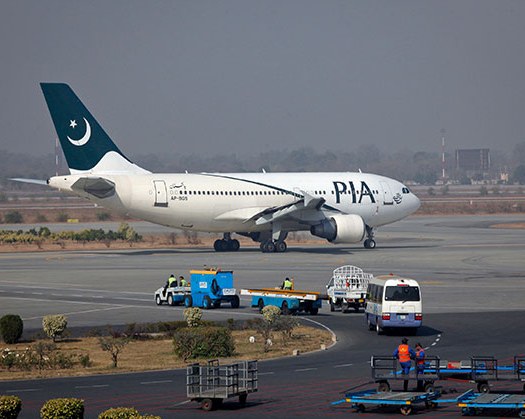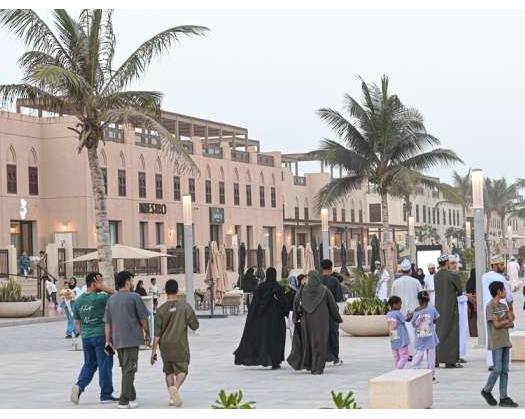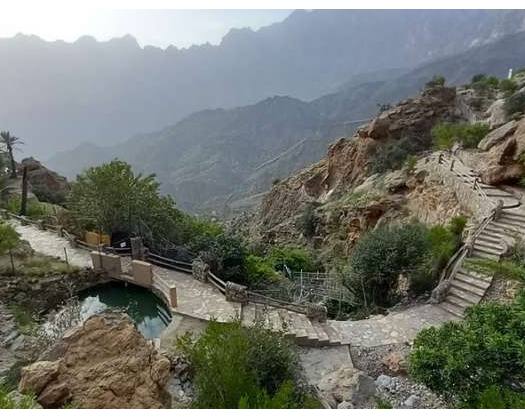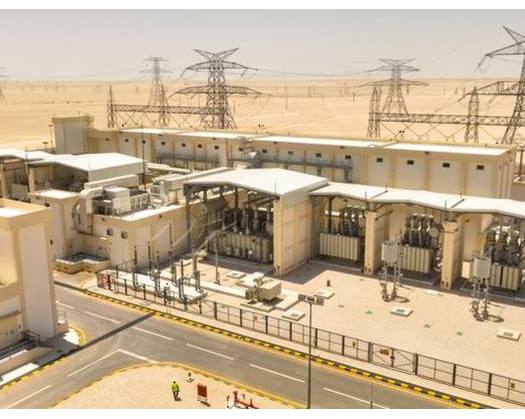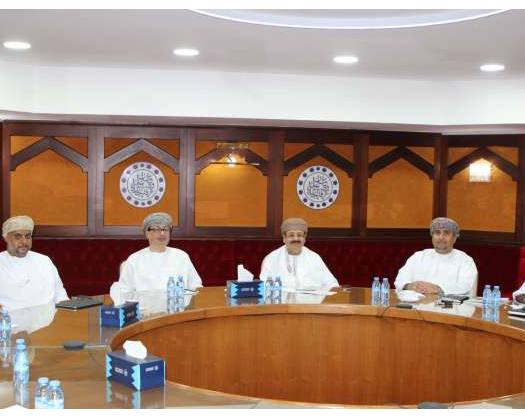Muscat: The North Al Sharqiyah Governorate has witnessed a significant surge in tourism activity from October to March, 2024, characterized by a remarkable increase in hotel room occupancy rates, which ranged from 60% to 90% during the peak season.
This region's burgeoning tourism sector is home to 47 tourist facilities, collectively providing a total of 1,044 hotel rooms throughout the governorate. Mohammed bin Saif Al Riyami, the Head of the Tourism Development Department within the Heritage and Tourism Department of North Al Sharqiyah, has underscored the governorate's readiness for the forthcoming winter tourist season. The efforts being undertaken to attract visitors from both domestic and international destinations highlight the area's unique combination of natural and historical attractions.
The governorate boasts a variety of accommodation options, including 10 hotels, 10 tourist camps, 9 guest houses, 12 green inns, 2 rest houses, and 4 hotel apartment buildings.
Al Riyami highlighted the region's diverse tourist attractions, such as the Al Sharqiyah sands and valleys, renowned for their abundant water resources, as well as the oases and sulphur springs in the Wilayat of Dima Wattayyen.
The area also offers a range of natural and historical sites, including water ponds and "Hawar" waterfalls in the Wilayat of Wadi Bani Khalid, ancient mountain trails, numerous castles, forts, and vibrant markets, providing tourists with rich and diverse experiences.
Moreover, the governorate is distinguished by its 25 registered archaeological sites, each reflecting the region's deep cultural heritage and historical importance.
The Ministry of Heritage and Tourism is earnestly engaged in transforming these sites into prominent tourist destinations, thereby enriching both the cultural and economic landscape of the area.
Khamis bin Salem Al Maskari, the Assistant Director of the Department of Heritage and Tourism in North Al Sharqiyah, has underscored several significant archaeological sites, including Al Khashaba, Gharyan, Al Salili within the Wilayat of Al Mudhaibi, and Shannah in the Wilayat of Al Qabil.
Among these, Al-Maysar and Samad stand out as the oldest, with their origins dating back to the third millennium BC and extending through the Iron Age to the Islamic era.
Al Maskari has elaborated on the Ministry's comprehensive strategy in collaboration with other governmental bodies to protect these archaeological treasures. This strategy encompasses the documentation of sites through scientific reports published in the Journal of Omani Studies, as well as the enforcement of protective measures to prevent any form of damage or alteration to these sites.
Furthermore, the Ministry is dedicated to the cataloging and preservation of archaeological artifacts, with the occasional creation of three-dimensional renderings and digital applications aimed at enhancing public engagement.
Community engagement is a paramount objective, with the organization of meetings to inform local communities and officials about the importance of preserving these sites. Additionally, exhibitions are arranged to highlight the historical significance of the discovered artifacts, thereby fostering a deeper appreciation for the region's rich heritage.
As North Al Sharqiyah Governorate continues to bolster its tourism offerings, it is on the cusp of becoming a premier destination for those in search of both adventure and a profound connection to history. The region's unique combination of natural beauty and cultural depth promises an enriching experience for all visitors.

